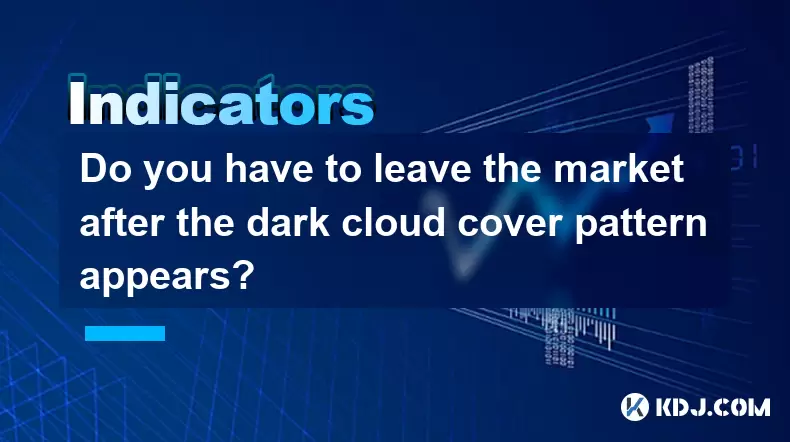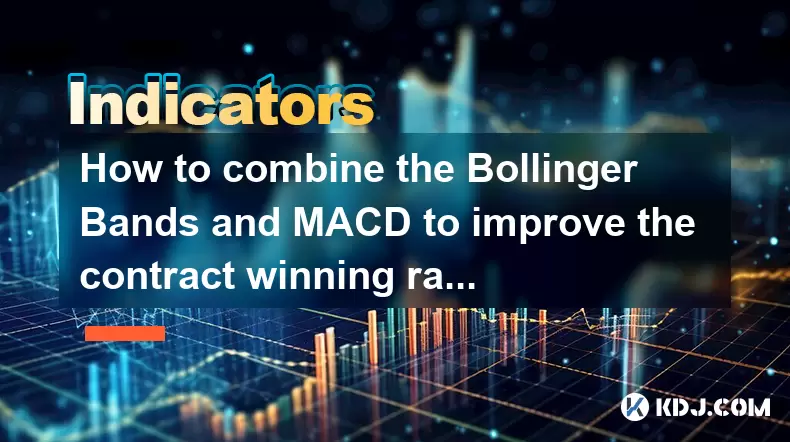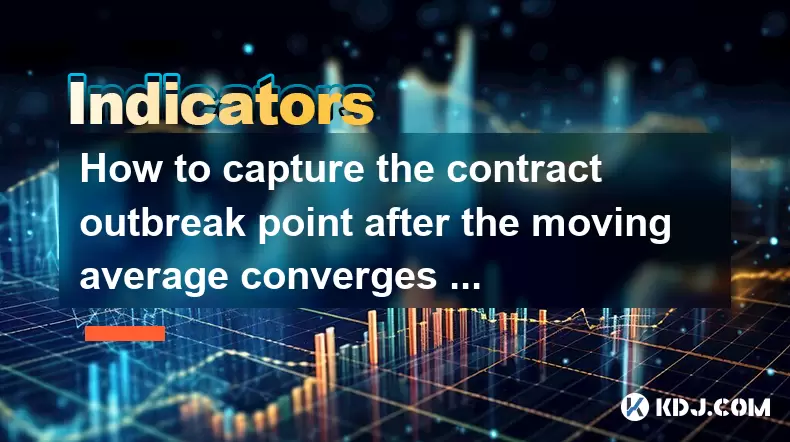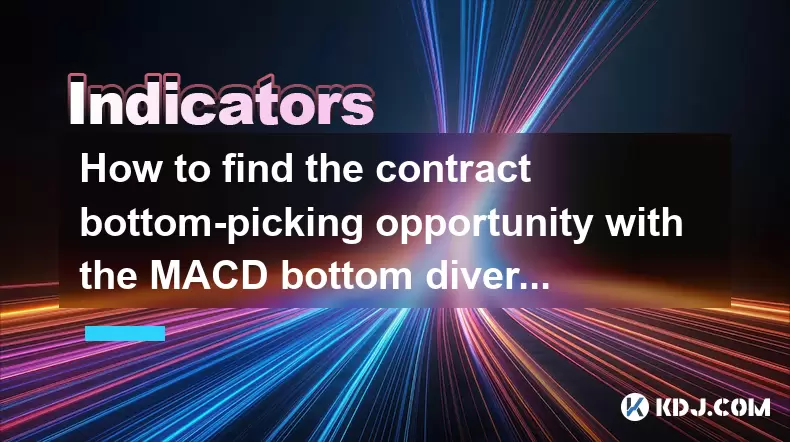-
 Bitcoin
Bitcoin $106,754.6083
1.33% -
 Ethereum
Ethereum $2,625.8249
3.80% -
 Tether USDt
Tether USDt $1.0001
-0.03% -
 XRP
XRP $2.1891
1.67% -
 BNB
BNB $654.5220
0.66% -
 Solana
Solana $156.9428
7.28% -
 USDC
USDC $0.9998
0.00% -
 Dogecoin
Dogecoin $0.1780
1.14% -
 TRON
TRON $0.2706
-0.16% -
 Cardano
Cardano $0.6470
2.77% -
 Hyperliquid
Hyperliquid $44.6467
10.24% -
 Sui
Sui $3.1128
3.86% -
 Bitcoin Cash
Bitcoin Cash $455.7646
3.00% -
 Chainlink
Chainlink $13.6858
4.08% -
 UNUS SED LEO
UNUS SED LEO $9.2682
0.21% -
 Avalanche
Avalanche $19.7433
3.79% -
 Stellar
Stellar $0.2616
1.64% -
 Toncoin
Toncoin $3.0222
2.19% -
 Shiba Inu
Shiba Inu $0.0...01220
1.49% -
 Hedera
Hedera $0.1580
2.75% -
 Litecoin
Litecoin $87.4964
2.29% -
 Polkadot
Polkadot $3.8958
3.05% -
 Ethena USDe
Ethena USDe $1.0000
-0.04% -
 Monero
Monero $317.2263
0.26% -
 Bitget Token
Bitget Token $4.5985
1.68% -
 Dai
Dai $0.9999
0.00% -
 Pepe
Pepe $0.0...01140
2.44% -
 Uniswap
Uniswap $7.6065
5.29% -
 Pi
Pi $0.6042
-2.00% -
 Aave
Aave $289.6343
6.02%
Do you have to leave the market after the dark cloud cover pattern appears?
The dark cloud cover pattern signals potential bearish reversal in crypto, urging traders to assess volume, confirm with indicators, and manage risk before acting.
Jun 19, 2025 at 06:43 am

Understanding the Dark Cloud Cover Pattern in Cryptocurrency Trading
The dark cloud cover pattern is a well-known bearish reversal candlestick formation that often appears at the end of an uptrend. In the cryptocurrency market, where volatility is high and price movements can change rapidly, this pattern is particularly significant for traders looking to identify potential trend reversals. The pattern consists of two candles: a large bullish (green) candle followed by a bearish (red) candle that opens above the previous high but closes significantly below the midpoint of the prior candle.
In crypto trading, recognizing this pattern early can be crucial for decision-making. However, it’s important not to act impulsively based solely on its appearance. Traders should consider additional factors such as volume, support/resistance levels, and broader market sentiment before making any moves.
Important: The dark cloud cover pattern suggests a potential shift from bullish to bearish momentum, but it doesn’t guarantee a continued downtrend.
What Should You Do When the Dark Cloud Cover Appears?
When you spot a dark cloud cover pattern forming on your chart, especially after a strong uptrend in a cryptocurrency like Bitcoin or Ethereum, it may indicate weakening buyer control. This doesn't necessarily mean you must exit immediately, but it does serve as a warning sign.
Some traders use this signal to lock in profits partially or tighten stop-loss orders. Others may wait for confirmation from other technical indicators before taking action. For instance, if the Relative Strength Index (RSI) is overbought and starts to decline, or if the Moving Average Convergence Divergence (MACD) line crosses below the signal line, these could confirm the bearish signal.
- Check volume: Higher than average volume during the second candle strengthens the bearish case.
- Look for confluence: Confirm with other indicators or chart patterns before acting.
- Assess timeframes: A dark cloud cover on a daily chart may carry more weight than one on a 1-hour chart.
Why Not Leave Immediately After the Pattern Forms?
Many novice traders panic when they see a dark cloud cover and hastily close their positions. However, doing so without further analysis can lead to missed opportunities or unnecessary losses. Sometimes, the price may retest the area and resume the uptrend, especially if strong support levels are nearby.
Moreover, false signals are common in crypto due to its volatile nature. It's not unusual for the market to "shake out" weak hands before continuing in the original direction. Therefore, exiting entirely upon seeing this pattern might not always be the best strategy.
Tip: Consider placing a stop-loss just below the low of the bearish candle instead of selling everything outright.
How to Incorporate Risk Management Around This Pattern
Risk management plays a critical role in how you respond to the dark cloud cover pattern. If you're holding a long position and notice this formation, adjusting your risk exposure becomes essential.
One approach is to reduce position size gradually rather than all at once. Another method involves setting conditional orders such as stop-limit or trailing stops to protect gains while allowing room for price fluctuations.
- Use partial exits: Sell a portion of your holdings to secure profit while keeping the rest open.
- Set dynamic stop-losses: Let your stop-loss trail behind recent lows to protect against sudden drops.
- Monitor key support levels: If price holds above a major moving average, the downtrend may not be confirmed.
Alternative Strategies When Facing the Dark Cloud Cover
Instead of simply leaving the market, some traders choose to take a contrarian stance or hedge their exposure. For example, if the market has been rallying hard and suddenly shows a dark cloud cover, experienced traders may look for signs of rejection near key support zones.
Others may initiate short trades if the pattern forms at resistance and is accompanied by bearish divergence. In this scenario, traders can set up a short position with a tight stop above the high of the bearish candle.
- Shorting opportunities: Look for confluence with resistance zones or Fibonacci levels.
- Hedging strategies: Use options or inverse ETFs to offset downside risk.
- Wait for follow-through: Wait for the next candle to close below the bearish candle before confirming the reversal.
Frequently Asked Questions
Q: Can the dark cloud cover pattern appear in intraday charts?
Yes, the pattern can appear on any timeframe, including 15-minute or 1-hour charts. However, signals from higher timeframes like the 4-hour or daily chart tend to be more reliable.
Q: Is the dark cloud cover more effective in certain cryptocurrencies?
The effectiveness of the pattern depends more on market conditions than the specific cryptocurrency. That said, larger-cap coins like BTC or ETH often exhibit clearer patterns due to higher liquidity and institutional participation.
Q: How does the dark cloud cover differ from the engulfing pattern?
While both are reversal patterns, the dark cloud cover is specifically a bearish reversal that occurs after an uptrend and features a red candle that gaps up and closes within the range of the prior green candle. An engulfing pattern completely engulfs the previous candle's body, signaling stronger reversal pressure.
Q: Can I trade the dark cloud cover without waiting for confirmation?
It’s generally risky to trade off unconfirmed signals. Waiting for the next candle to close below the bearish candle increases the probability of success and reduces the chance of being caught in a false breakout.
Disclaimer:info@kdj.com
The information provided is not trading advice. kdj.com does not assume any responsibility for any investments made based on the information provided in this article. Cryptocurrencies are highly volatile and it is highly recommended that you invest with caution after thorough research!
If you believe that the content used on this website infringes your copyright, please contact us immediately (info@kdj.com) and we will delete it promptly.
- Shiba Inu, Dogecoin, and XYZVerse: Navigating the Meme Coin Mania in NYC
- 2025-06-19 20:45:12
- Raydium (RAY) Price Pump: Riding the Cryptocurrency Wave
- 2025-06-19 21:05:12
- Solana, BNB, Bitcoin: Decoding the Crypto Crossroads
- 2025-06-19 20:45:12
- MAGACOIN FINANCE: The Altcoin Presale Shaking Up the Meme Coin Market
- 2025-06-19 20:25:12
- Crypto Trader's New Obsession: Little Pepe vs. Shiba Inu – A Meme Coin Face-Off!
- 2025-06-19 21:25:11
- Solana Memecoin Mania: Riding the Wave to All-Time Highs?
- 2025-06-19 20:50:12
Related knowledge

How to combine the Bollinger Bands and MACD to improve the contract winning rate?
Jun 19,2025 at 06:35pm
Understanding Bollinger Bands and MACD IndicatorsTo effectively combine Bollinger Bands and the MACD (Moving Average Convergence Divergence), it's essential to first understand what each indicator represents. Bollinger Bands consist of a middle moving average line and two outer bands that adjust based on market volatility. When prices move toward the up...

How does the long lower shadow of the K line indicate the formation of the bottom of the contract?
Jun 19,2025 at 05:00am
Understanding the Long Lower Shadow in K-Line AnalysisIn cryptocurrency trading, K-line analysis plays a pivotal role in determining market sentiment and potential price reversals. A long lower shadow, also known as a long wick, is one of the most telling candlestick patterns that traders look for when assessing whether a bottom might be forming in a co...

How to capture the contract outbreak point after the moving average converges and diverges?
Jun 19,2025 at 02:07pm
Understanding Moving Average Convergence and Divergence in Crypto TradingIn cryptocurrency trading, moving averages are among the most widely used technical indicators. The concept of convergence and divergence refers to how different moving averages align or separate over time. When short-term and long-term moving averages come together (converge), it ...

How to find the contract bottom-picking opportunity with the MACD bottom divergence?
Jun 19,2025 at 02:28pm
Understanding MACD Bottom Divergence in Cryptocurrency TradingMACD (Moving Average Convergence Divergence) is a widely used technical analysis tool that helps traders identify potential reversals in price trends. Bottom divergence, specifically, occurs when the price of an asset makes a new low, but the MACD indicator does not confirm this by making a c...

How to use the DEMARK indicator to predict the high and low points of the contract?
Jun 19,2025 at 04:21am
What Is the DEMARK Indicator?The DEMARK indicator is a technical analysis tool developed by Tom DeMark, aimed at identifying price exhaustion points in financial markets. It helps traders anticipate potential reversal zones, especially in volatile environments such as cryptocurrency contracts. The indicator works by detecting specific patterns and seque...

Why does the contract sometimes not fall after the moving average crosses?
Jun 18,2025 at 08:50pm
Understanding Moving Averages in Cryptocurrency TradingIn the realm of cryptocurrency trading, moving averages are among the most widely used technical indicators. They help traders identify potential trends by smoothing out price data over a specified period. The two primary types are the Simple Moving Average (SMA) and the Exponential Moving Average (...

How to combine the Bollinger Bands and MACD to improve the contract winning rate?
Jun 19,2025 at 06:35pm
Understanding Bollinger Bands and MACD IndicatorsTo effectively combine Bollinger Bands and the MACD (Moving Average Convergence Divergence), it's essential to first understand what each indicator represents. Bollinger Bands consist of a middle moving average line and two outer bands that adjust based on market volatility. When prices move toward the up...

How does the long lower shadow of the K line indicate the formation of the bottom of the contract?
Jun 19,2025 at 05:00am
Understanding the Long Lower Shadow in K-Line AnalysisIn cryptocurrency trading, K-line analysis plays a pivotal role in determining market sentiment and potential price reversals. A long lower shadow, also known as a long wick, is one of the most telling candlestick patterns that traders look for when assessing whether a bottom might be forming in a co...

How to capture the contract outbreak point after the moving average converges and diverges?
Jun 19,2025 at 02:07pm
Understanding Moving Average Convergence and Divergence in Crypto TradingIn cryptocurrency trading, moving averages are among the most widely used technical indicators. The concept of convergence and divergence refers to how different moving averages align or separate over time. When short-term and long-term moving averages come together (converge), it ...

How to find the contract bottom-picking opportunity with the MACD bottom divergence?
Jun 19,2025 at 02:28pm
Understanding MACD Bottom Divergence in Cryptocurrency TradingMACD (Moving Average Convergence Divergence) is a widely used technical analysis tool that helps traders identify potential reversals in price trends. Bottom divergence, specifically, occurs when the price of an asset makes a new low, but the MACD indicator does not confirm this by making a c...

How to use the DEMARK indicator to predict the high and low points of the contract?
Jun 19,2025 at 04:21am
What Is the DEMARK Indicator?The DEMARK indicator is a technical analysis tool developed by Tom DeMark, aimed at identifying price exhaustion points in financial markets. It helps traders anticipate potential reversal zones, especially in volatile environments such as cryptocurrency contracts. The indicator works by detecting specific patterns and seque...

Why does the contract sometimes not fall after the moving average crosses?
Jun 18,2025 at 08:50pm
Understanding Moving Averages in Cryptocurrency TradingIn the realm of cryptocurrency trading, moving averages are among the most widely used technical indicators. They help traders identify potential trends by smoothing out price data over a specified period. The two primary types are the Simple Moving Average (SMA) and the Exponential Moving Average (...
See all articles

























































































